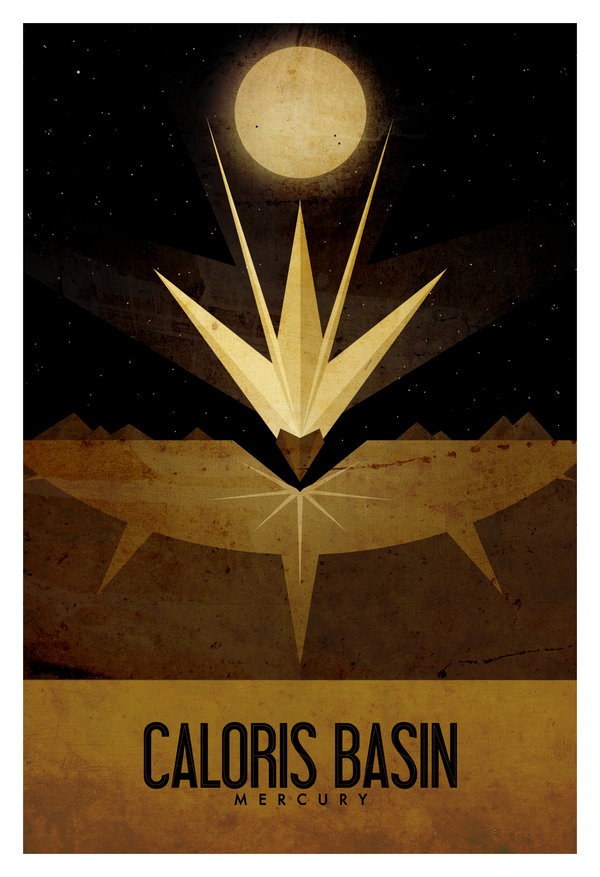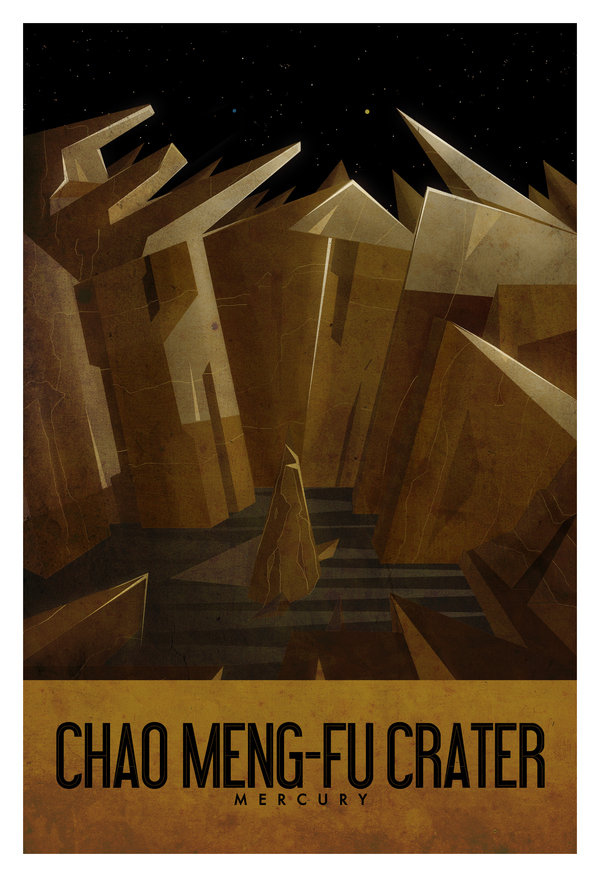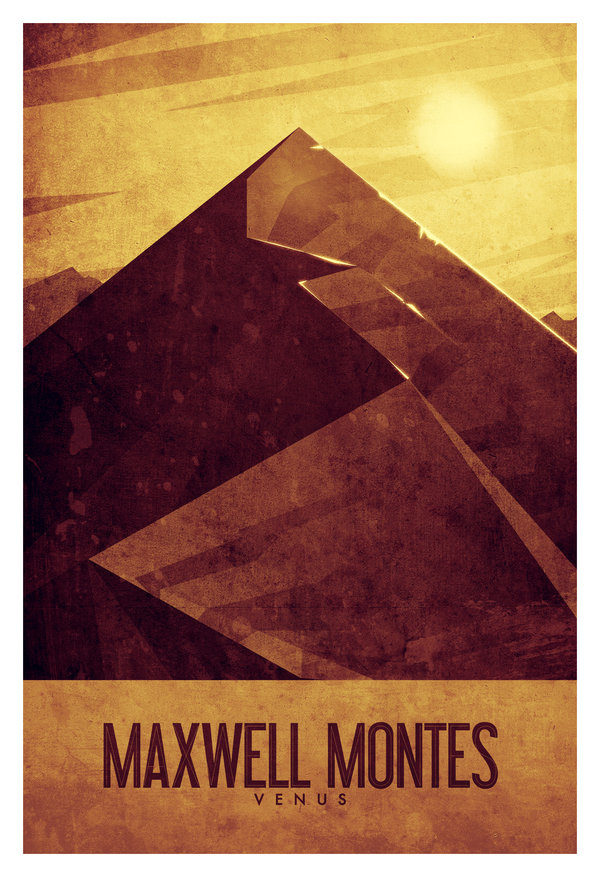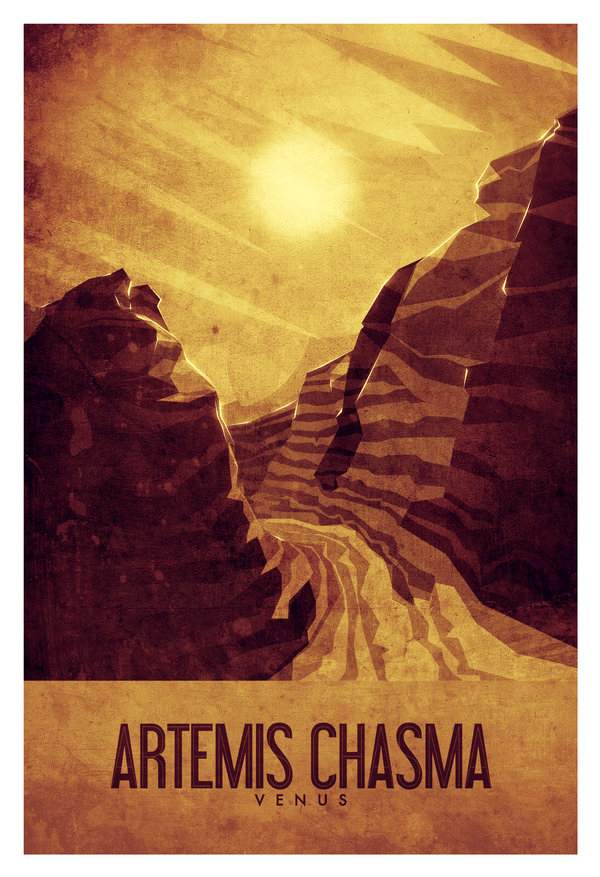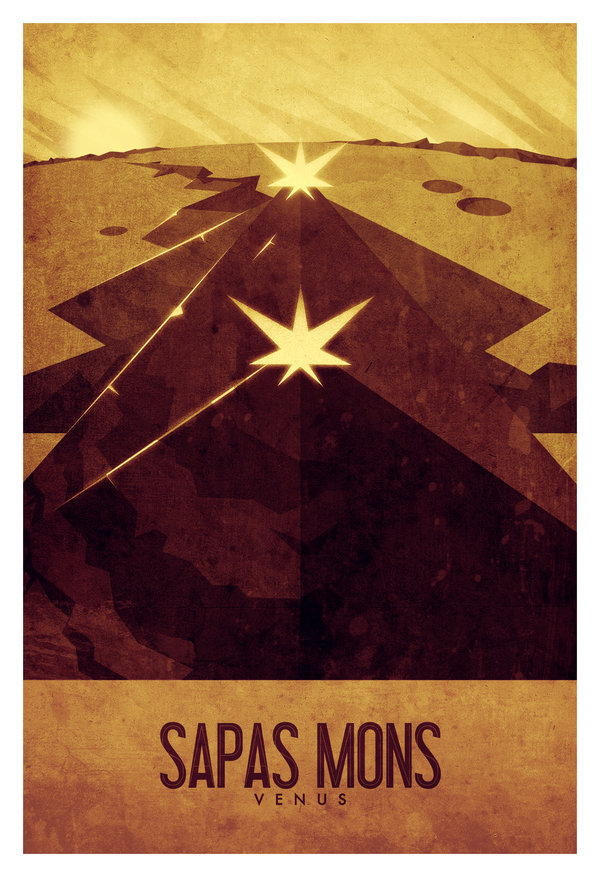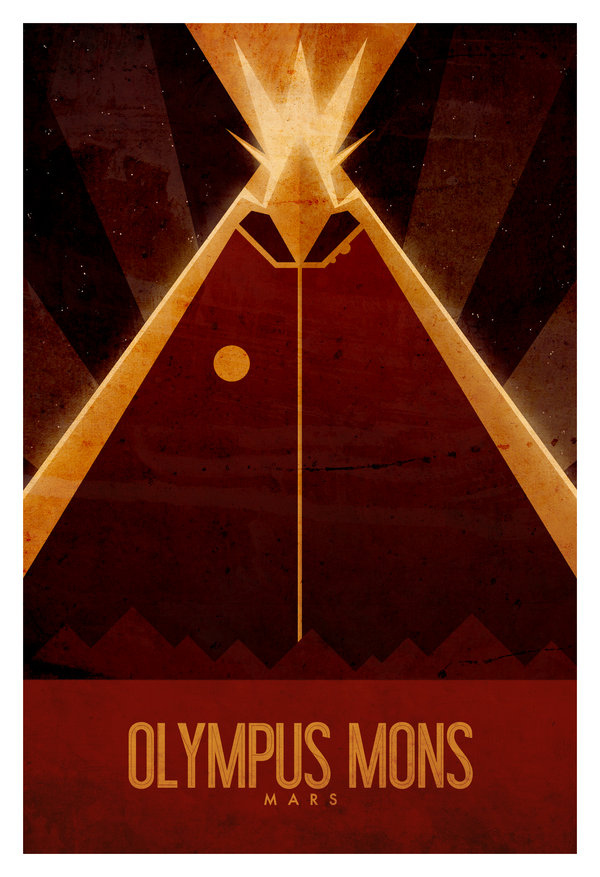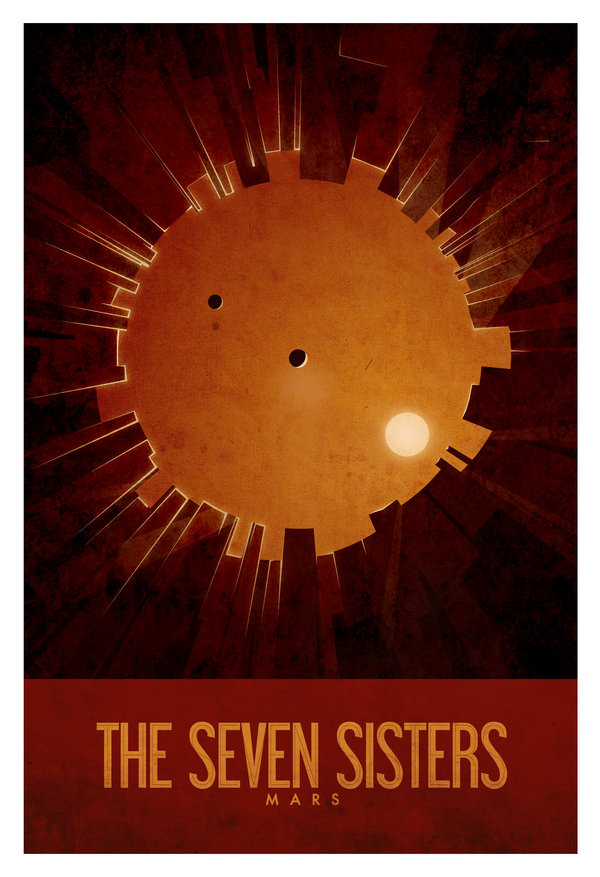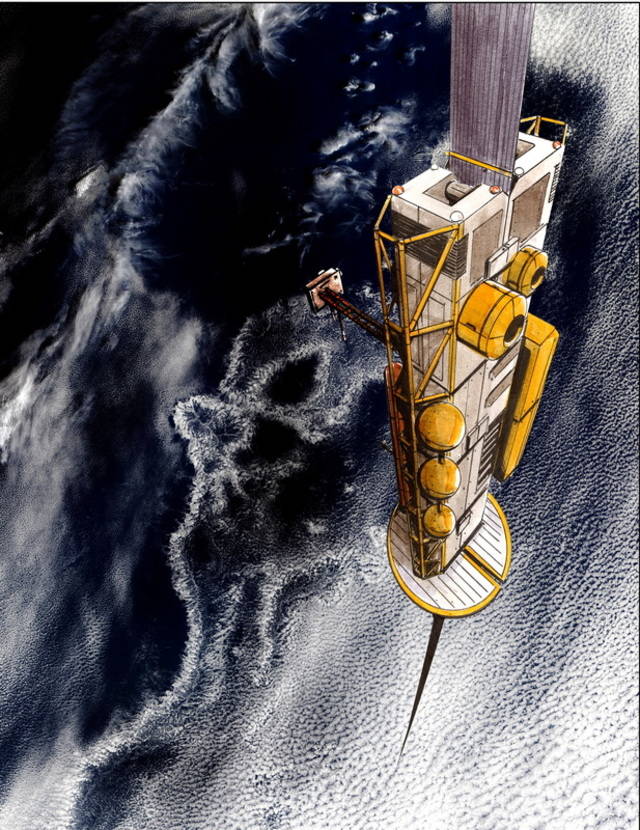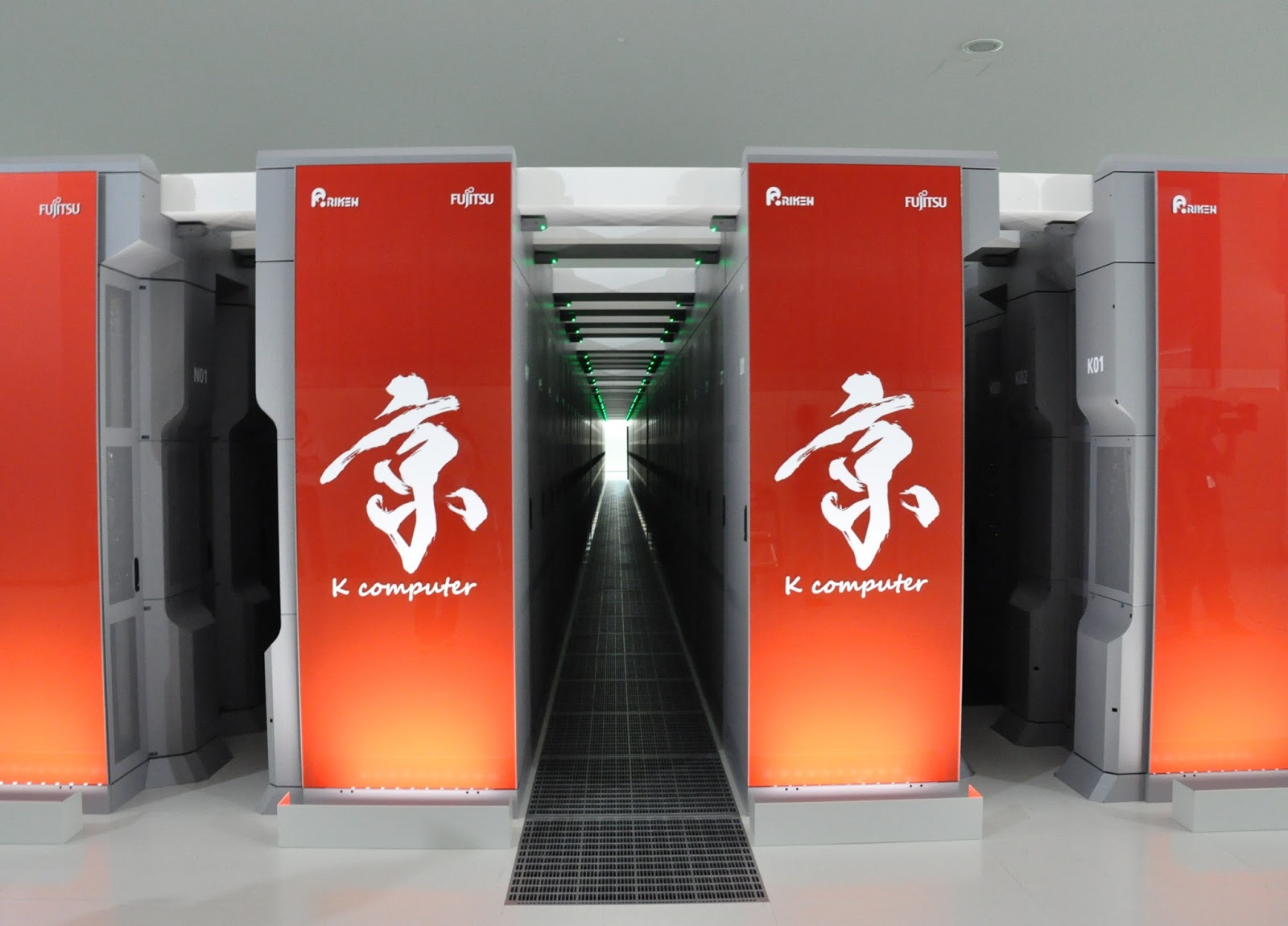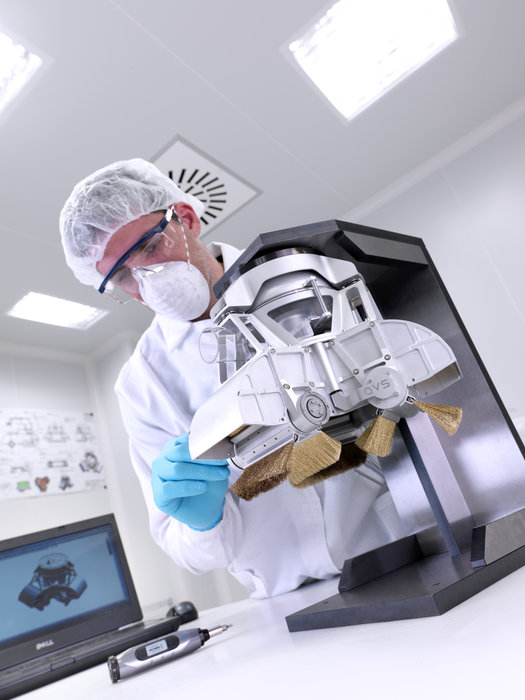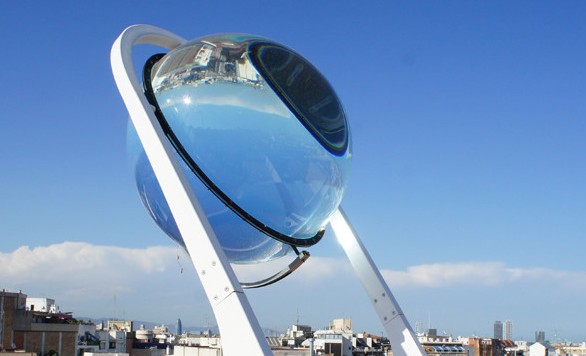Space, the final frontier. Well, not so much, at least if you’re an automated landing rover, getting to spend time on exotic places like Mars.
But if Space-Tourism, and even more exciting to think about, planet tourism, was available? In that case, companies would love it if Ron Guyatt would be doing there promotional posters, giving us an awesome idea of how a trip to Mercury, Venus or Mars would look like.
Mercury
The Caloris Basin s a large impact crater on Mercury about 1,550 km (960 mi) in diameter, and is surrounded by a ring of mountains approximately 2 km tall. The Caloris Basin has been found to be a significant source of sodium and potassium, indicating that the fractures created by the impact facilitate the release of gases from within the planet.
A 167 kilometer-diameter crater on Mercury named after the Chinese painter and calligrapher Zhao Mengfu, and Due to its location near Mercury’s south pole (132.4° west, 87.3° south) and the planet’s small axial tilt, an estimated 40% of it lies in permanent shadow. Scientists that it may shelter large quantities of ice protected against sublimation into the near-vacuum by the constant -171°C temperatures.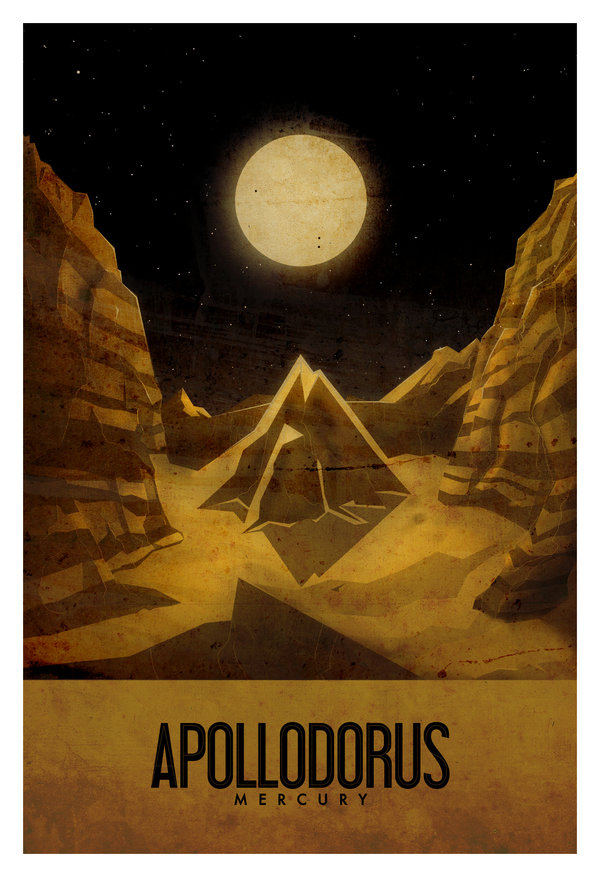
An impact crater, located near the center of Pantheon Fossae, which is a system of radial grabens situated in the inner part of the Caloris basin. It is not currently known whether it played a role in the fossae’s formation or if its location is merely a coincidence, although no graben appears to cut the crater rim, and the dark impact ejecta partially covers grabens suggesting that Apolodorus postdates Pantheon Fossae.
Venus
A mountain massif on the planet Venus, part of which contains the highest point on the planet’s surface, which is measured at 6.4 kilometers.
The nearly circular fracture in Venus’ surface which almost encloses Artemis Corona, named after the Greek virgin goddess of the hunt and the moon, the hills, the forest,birth, virginity, fertility, and known to carry a bow and arrow, Artemis.
A huge volcano, Sapas is named after the Canaanite sun goddess. Many of the flows appear to have been erupted along the flanks of the volcano rather than from the double summit. This type of flank eruption is common on large volcanoes on Earth, such as the Hawaiian volcanoes.
Mars
A large shield volcano, Olympus Mons is the tallest mountain on any planet in the Solar System, standing at almost 22 kilometers, making it almost three times as tall as Mount Everest’s height above sea level. Olympus Mons is an unlikely landing location for automated space probes in the near future. The high elevations preclude parachute-assisted landings because of insufficient atmospheric thickness to slow the spacecraft down. Moreover, Olympus Mons stands in one of the dustiest regions of Mars. he dust layer would also likely cause severe maneuvering problems for rovers.
A system of canyons that runs along the Martian surface east of theTharsis region. At more than 4,000 km (2,500 mi) long, 200 km (120 mi) wide and up to 7 km (23,000 ft) deep, it is one of the larger canyons of the Solar System, surpassed only by the rift valleys of Earth and (in length only) by Baltis Vallis on Venus.
Arsia Mons is the southernmost of three volcanos, which include on the Tharsis bulge near the equator of the planet Mars. As of 2007 seven putative cave entrances, have been identified in satellite imagery of the flanks of Arsia Mons, informally dubbed Dena, Chloë, Wendy, Annie, Abbey, Nikki, and Jeanne and resemble “skylights” formed by the collapse of lava tube ceilings.

